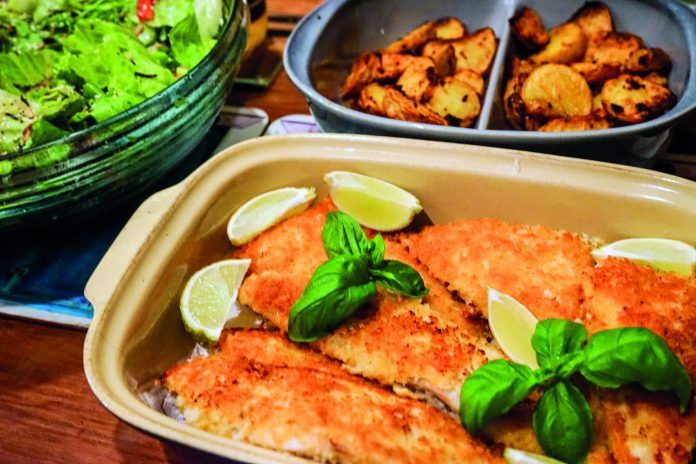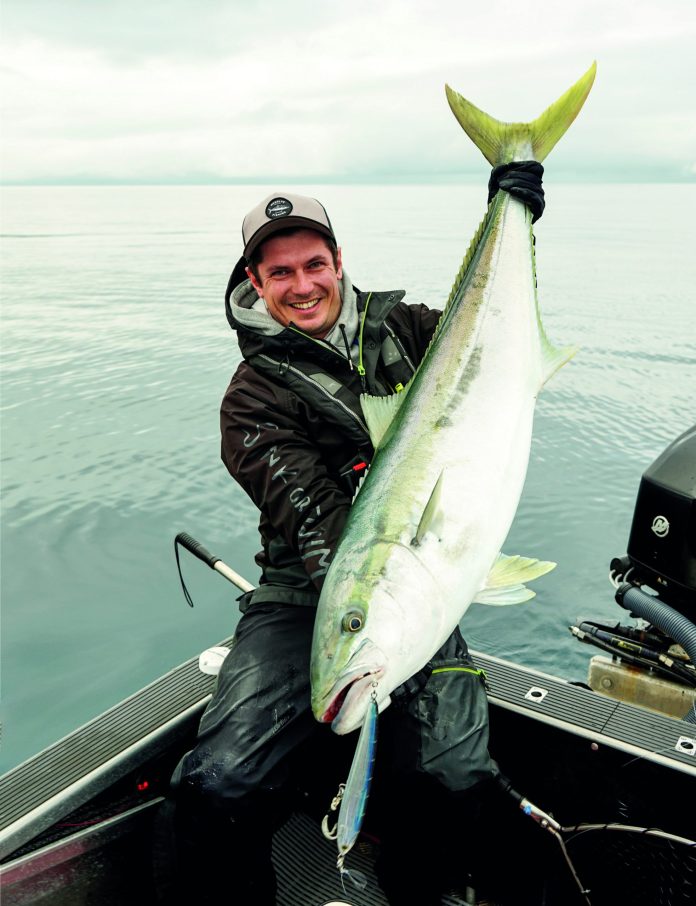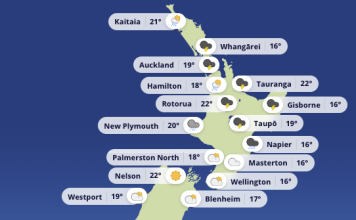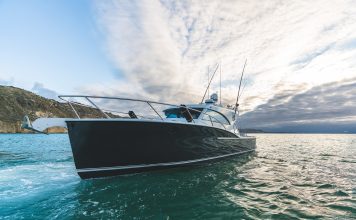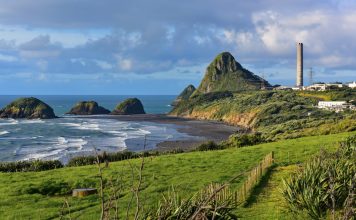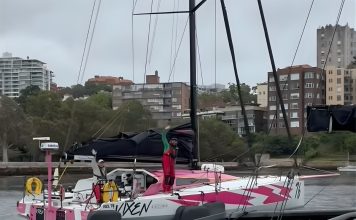Where to fish, when and why: reading the clues the inshore environment provides.
A couple of issues back I discussed the essential role played by the ocean’s moving currents, with their varying temperatures, directions, and their interrelation with geographical features combining to determine the availability and abundance of various gamefish species. We also recommended checking for chlorophyll concentrations and keeping an eye out for feeding seabirds and baitfish ‘meatballs’.
Unsurprisingly, many of these factors also influence our coastal and inshore fisheries. In addition to oceanic currents and temperature variations influencing the species likely to be encountered, the moon determines the height and strength of the tides, while wind creates the ocean swells that hit our shores.
Other major factors include seasonal food availability, seasonal fish migration and spawning aggregations and different environment types that attract or deter different fish species.

SEASONAL WATER TEMPERATURES
All fish have a preferred water temperature range, which can vary hugely between species. Warmer water from late spring to late autumn pushes some fish species into cooler, deeper or more southerly waters. Other warm water tolerant fish take their place.
For example, in Auckland we find our relatively shallow inshore waters (out to 55m deep, say) filling with two of the more popular recreational species: snapper and kingfish. Conversely, in the cooler months gurnard become more abundant, especially along the west coast.
Similarly, blue moki move steadily northwards along the North Island’s east coast, with catches peaking for many surfcasters between February and April. Further out, cooler sea temperatures see hapuku and bass migrating closer to the continental shelf, making them more accessible to sport fishers.

LOCATION, LOCATION, LOCATION
The ocean currents don’t just ring the seasonal species changes though, they can also help to determine where fish are most likely to hold around the many structures that interrupt their flow. This generally depends on whether the species concerned is sheltering from the current’s power or using it to their advantage when feeding.


For example, bottom-dwelling species living among rocky, weedy areas will often take refuge in hidey-holes such as weedy gutters, ledges and caves (especially ambush predators such as blue cod, granddaddy hapuku or snapper). For most species, weedy, rocky ground offers both a bit of shelter and feeding opportunities.
Other species like to position themselves just up-current of rocky structures that force the moving water to rise, allowing them to hold position and hover in the current while awaiting a feed. Schools of snapper are well-known for this. Kingfish may be nearby too, although the latter will often be higher up in the water column and actively swimming around the reef, especially if schools of baitfish are also present. These bait schools tend to be yellowtail mackerel, koheru or blue maomao – sometimes all three – and kingfish use their superior swimming power to full advantage when pursuing these much smaller fish in a strong tidal flow.
But that’s not all. Up on the surface, where plankton and krill are carried upwards from the nutrient-rich depths by the current, schools of medium-sized fish such as trevally, blue maomao, koheru and kahawai gather in dense schools to feed. These, in turn, attract the attention of hungry kingfish.

Consequently, fishers should position their boats to take advantage of this scenario and the opportunities it offers. For example, bait-and-berley fishers need to anchor well ahead of the target area (rather than smack-bang on top of it, where, if it’s a reef, snagging is highly likely), allowing sufficient distance from it for the berley to entice fish out and away from the weed and structure, while the baited rigs ideally are presented on the cleaner bottom just ahead of the rough ground. Keep in mind that drifted stray-line baits can require a fair distance to get down. Also, constantly breaking off snagged rigs is not beneficial to the reef environment, an angler’s time or the contents of his wallet.
Similarly, lure anglers must take the boat’s drift speed and direction into account to present jigs and soft-baits where the fish are most likely to be holding – just ahead of the foul.
As mentioned earlier though, some truly spectacular fish live in among the rough and tumble of weedy reefs, even very shallow ones, and experienced soft-baiters and stray-line bait fishers often find themselves well-rewarded fishing over the gnarliest, most unforgiving ground. My favourite soft-bait fishing is usually conducted in seven to 15m of water close to deeper channels with current. The best places to fish mix modestly weedy ground with a sprinkling of clear areas.

Stick-baits and poppers should be cast at angles and from distances likely to draw kingfish away from the structure. This makes success more likely when you get a bite.
And never ignore a post or buoy used to mark reefs and channels, as these often attract kingfish, especially where current is also present. Just two or three casts will indicate if ‘anyone is home’.
For anglers who prefer fishing the harbour and estuary channels for snapper and gurnard, it often pays to concentrate fishing efforts on the sides of the channels where the water is less swift. While the current unearths a variety of tasty prey items, fish such as snapper avoid exerting more energy than is necessary. Avoiding the current’s main flow is their natural behaviour and the variation in depth offered by the sloping sides of the channel is also attractive to them. Best of all, your fishing will be more pleasant, requiring less weight to get the bait or lure down and, perhaps, allowing you to use a lighter outfit.
But don’t completely ignore the muddy, silty flats that flood over the incoming tide. In places like the Kaipara and upper Waitemata Harbour among many others, snapper use the shallow, murky estuarine water to hide their presence from predator and prey alike. On the flats they feast on a wide assortment of food that includes crabs, worms, shellfish, shrimps and juvenile flounder. Even water just one metre deep can hide feeding fish, some of them in the old-fashioned doublefigure range!
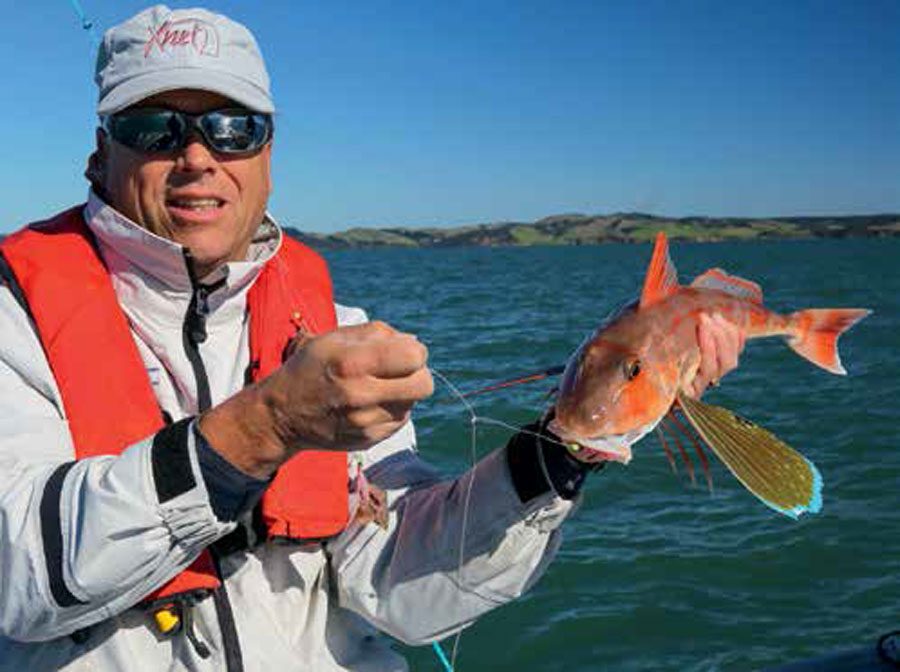
Then, as the flats empty of water with the falling tide, fish that were feeding there also leave and anglers can often find kingfish waiting for them in the deeper channels and beside ledges nearby…
SURFACE-FEEDING ACTIVITY
This subject is an article by itself. Check out next month’s edition! BNZ












